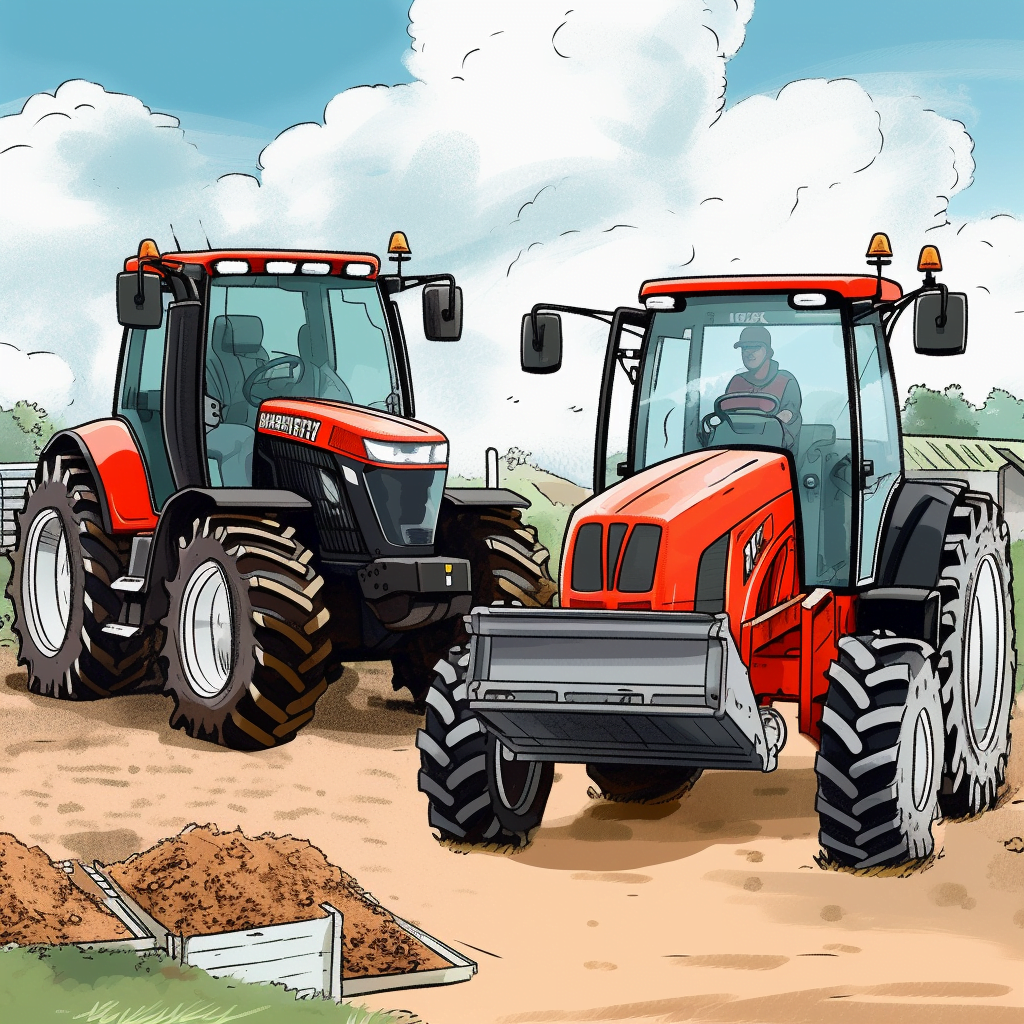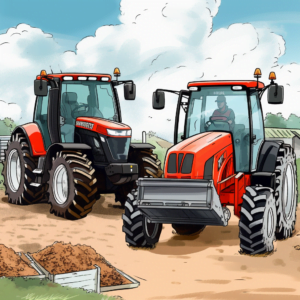Introduction:
Cultivating soil is both a science and an art. And in this spectrum of farming techniques, the humble harrow stands out as a staple. But why is it important, and how can a small family farm create one without breaking the bank? Let’s find out.
Why a Harrow is Essential:
A harrow is indispensable for several reasons:
- Aeration: Soil, like us, needs its oxygen. Harrowing aerates the soil, ensuring plant roots get vital air.
- Smoothing the Surface: Post-plowing, soil can be clumpy. A harrow gives you that even surface, crucial for seeding.
- Nutrient Spread: Have manure or compost? A harrow ensures it’s spread evenly, giving plants consistent nutrients.
- Weed Management: Early-stage weeds stand little chance against a harrow, giving crops an uninterrupted growth environment.
Crafting Your DIY Harrow: A Step-by-Step Guide
We’ll build a harrow similar to what you see here on Amazon.
Materials:
- Chain Link Fence: Opt for a heavy-duty variety, measuring 4 feet by 6 feet.
- Steel Angle Bars: Two, each being 4 feet in length.
- U-bolts: Four, complete with nuts.
- Tow Chain: Steel-based, about 6 feet long.
- D-rings: Two, heavy-duty.
- Welder: Optional but recommended for durability.
- Bolts and Nuts: For securing various components.
- Washers: Large ones, optional for added weight.
Detailed Build Instructions:
- Preparation: Clear a workspace and lay down the chain link fence. Ensure it’s flat without any curls at the edges.
- Frame Attachment: Place the steel angle bars parallelly on each of the shorter sides of the chain link fence. This will form the frame of your harrow.
- Securing the Chain Link:
a. Align the U-bolts so they’re evenly spaced along the angle bars.
b. Loop the U-bolts around the chain link and the angle bars.
c. Tighten the nuts ensuring the fence is firmly sandwiched between the U-bolt base and the nuts. - Setting up the Tow Points:
a. On one end of each angle bar, weld or bolt the D-rings, ensuring they’re centered. This is where the harrow will attach to the tractor or mower.
b. Connect the tow chain to each D-ring. This should create a V-shaped tow setup for balanced pulling. - Additional Weight (If Needed):
a. Gauge the weight of your harrow by lifting it slightly. If it feels too light, it might not effectively penetrate the soil.
b. To add weight, evenly distribute and bolt large washers or specific weights across the chain link surface. This will improve the harrow’s soil engagement. - Testing and Towing: Before taking it to the field, test the harrow in a small patch. Adjust weights if needed. Attach the apex of the V-shaped tow chain to your riding mower or tractor, ensuring it’s secure, and you’re ready to harrow!
Conclusion:
Constructing a harrow might seem like a task, but with a bit of effort, it’s a rewarding endeavor. Not only will you save on costs, but there’s a unique satisfaction in using tools made with one’s own hands. So this season, let your DIY harrow be the star of your cultivation process!


